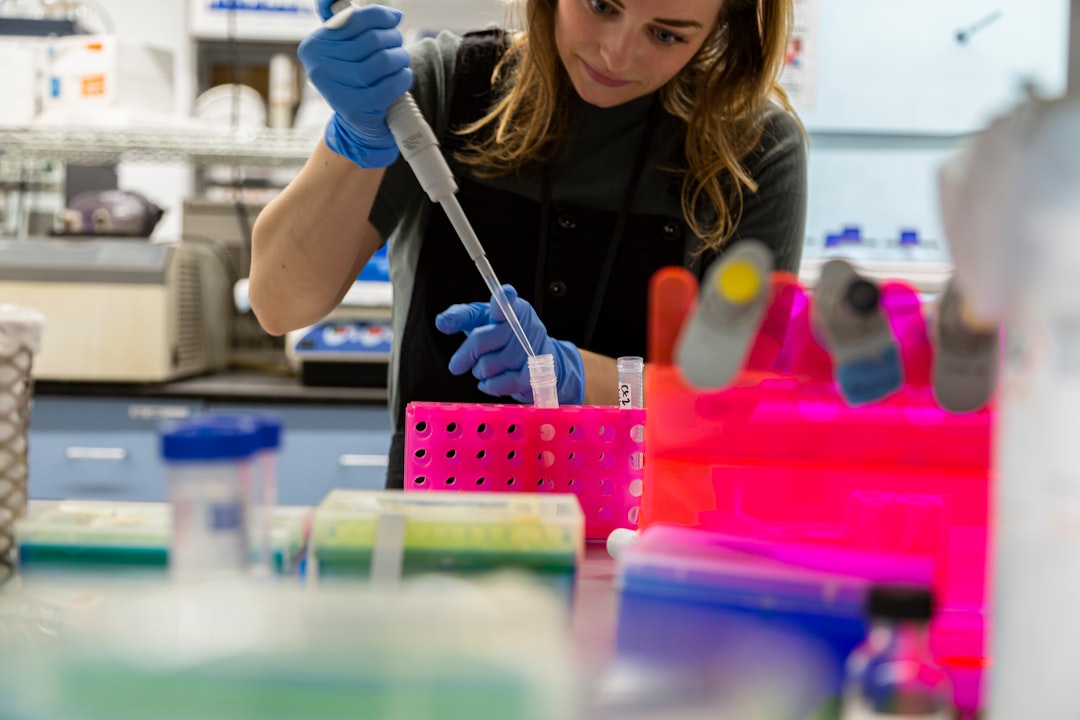CRISPR: A Guide to Gene Editing Techniques

Introduction
CRISPR, short for Clustered Regularly Interspaced Short Palindromic Repeats, is a groundbreaking technology that has revolutionized the field of genetics. It allows scientists to edit genes with unprecedented precision, efficiency, and flexibility. Originally discovered as a natural defense mechanism in bacteria, CRISPR has been adapted for use in a wide range of organisms, including humans. This article delves into how CRISPR works, its potential applications, and its significance in modern science.
Key Points
- CRISPR-Cas9 System: The most commonly used CRISPR system involves the Cas9 protein, which acts as molecular scissors to cut DNA at specific locations.
- Guide RNA (gRNA): A synthetic RNA molecule that directs Cas9 to the precise location in the genome where the cut is to be made.
- Precision and Efficiency: CRISPR allows for targeted modifications, reducing the likelihood of off-target effects compared to previous gene-editing technologies.
- Applications: Used in agriculture, medicine, and research to develop disease-resistant crops, potential gene therapies, and to study gene functions.
- Ethical Considerations: Raises questions about genetic privacy, potential misuse, and the implications of editing human embryos.
Step-by-Step
- Identify Target Gene: Researchers first identify the specific gene or DNA sequence they wish to edit. This involves understanding the gene's function and its role in the organism.
- Design Guide RNA: A guide RNA is designed to match the target DNA sequence. This RNA sequence is crucial as it ensures that the Cas9 protein cuts at the correct location.
- Construct CRISPR-Cas9 Complex: The guide RNA is combined with the Cas9 protein to form a complex. This complex is then introduced into the cells of the organism being studied.
- Delivery into Cells: The CRISPR-Cas9 complex is delivered into the target cells using various methods such as viral vectors, electroporation, or microinjection.
- DNA Cutting: Once inside the cell, the guide RNA directs the Cas9 protein to the target DNA sequence, where it makes a precise cut.
- DNA Repair: The cell's natural repair mechanisms are activated. Researchers can exploit these mechanisms to either disable a gene or insert new genetic material.
- Verification: After editing, scientists verify that the desired genetic changes have been made and assess any unintended modifications.
Common Mistakes & Fixes
- Off-Target Effects: Unintended cuts in the genome can occur. To minimize this, researchers can use high-fidelity variants of Cas9 and optimize guide RNA design.
- Incomplete Editing: Not all cells may be edited. Increasing the efficiency of delivery methods and using selection markers can help identify successfully edited cells.
- Ethical Oversight: Ensure all experiments comply with ethical guidelines and obtain necessary approvals from regulatory bodies.
US Examples & Data
- Agriculture: CRISPR has been used to develop crops with enhanced traits, such as drought resistance and improved nutritional content. The USDA has approved several CRISPR-edited crops for commercial use.
- Medical Research: Clinical trials are underway in the US to explore CRISPR-based therapies for genetic disorders like sickle cell anemia and certain types of cancer.
- Biotechnology Companies: US-based companies like Editas Medicine and CRISPR Therapeutics are at the forefront of developing CRISPR-based therapies.
Why It Matters
CRISPR technology holds the potential to transform numerous fields by providing a tool for precise genetic manipulation. In medicine, it offers the possibility of curing genetic diseases and personalizing treatments. In agriculture, it can lead to sustainable food production by creating crops that are more resilient to environmental challenges. However, the power of CRISPR also necessitates careful consideration of ethical implications, particularly in human applications.
Sources
- National Institutes of Health (NIH)
- US Department of Agriculture (USDA)
- National Human Genome Research Institute (NHGRI)
- Food and Drug Administration (FDA)
- Pew Research Center
Related Topics
- Gene Therapy
- Genetic Engineering in Agriculture
- Ethical Implications of Genetic Editing
- Advances in Biotechnology
- Human Genome Project
Up Next





